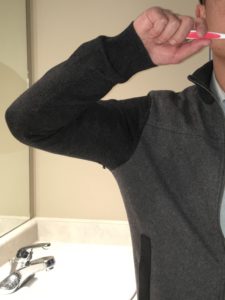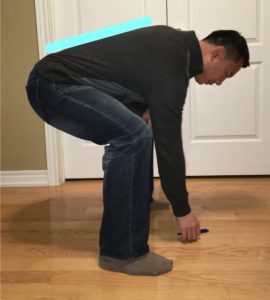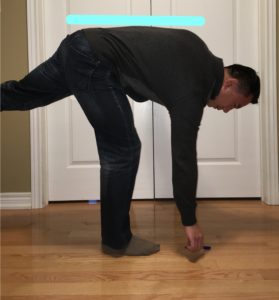Moving Without Pain
Why is it that some people tend to get injured more during physical activities than others?
One important factor that can determine your risk of injury (and something that is completely within your control) is how you move. The field of biomechanics, which looks at the effects of movement and forces on the body, can help us understand how to use our physical bodies more efficiently so that we can decrease our chances of injury.
If you participate in an athletic or occupational activity on a regular basis and you feel discomfort from that activity, consider getting Biofeedback Therapy or seeing a therapist trained in biomechanics to improve your awareness about harmful movements and learn better ways to perform those activities.
With respect to activities of daily living, I have found the following Principles of Movement have helped my patients perform more tasks with less pain (especially pain in the neck, shoulders and back).
Principle #1 - Use your environment
If you lean against walls, countertops and furniture while performing tasks such as putting pants and socks on, washing the dishes or standing in a line, it will ease the tension and pain in your body.
Principle #2 - Keep your arms as close to your body as possible
By avoiding reaching for things or by holding objects as close to your body as you can, you will minimize the forces on your body which will reduce tissue stress and pain.
Principle #3 - Rethink angles

...instead of this.

Try this...
You can ease the forces on your body by changing the angles at which you approach things. For example, walking in a zigzag pattern on stairs or on hills can decrease pain in the knees and low back. Or holding a toothbrush differently can decrease shoulder pain.
Principle #4 - Use momentum instead of strength
When trying to move a vacuum, lawn mower or even a clothing iron, use the legs and let the arms piggy back on that momentum to move the object instead of pushing/pulling it with just your arms.
Principle #5 - Avoid frequent bending or twisting of the spine


Reorganize your activities so that you don't have to bend or twist to do things. If you have to reach down, bend at your hips so that your back can stay straight.
